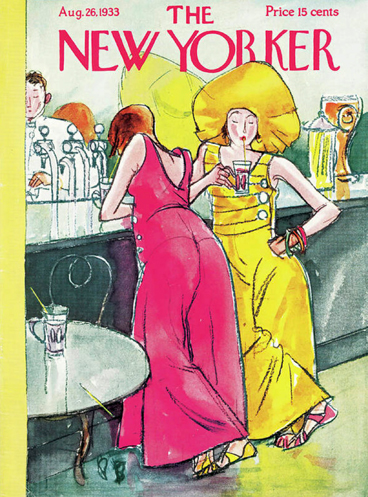Cotton and Capital
Pajama Fashions Before and After COVID-19
Identifier (Artikel)
Abstract
While many businesses continue to endure hardships as a result of the COVID-19 pandemic and “sheltering in place” in some places becomes obsolete, the significance of what we do and wear at home remains as important to our health and safety as what we do at work, in public spaces, and in social life. In hopes of lasting commitments to conscious lifestyle choices, this article analyzes the culture of pajama wearing in the early twentieth and twenty-first centuries. Drawing from diverse sources ranging from The Metropolitan Museum of Art to independent news media outlets, the article illustrates, despite sleepwear’s association with comfort and ease, how the history of the garment is instead steeped in narratives of colonialism, slave labor, and the hazards of the modern chemical industry. By weaving diverse sources and histories, baggy and loose-fitting pajamas are re-positioned as an understudied fashion garment that now plays a key role in a new era of individual and consumer self-awareness.
Statistiken


Lizenz

Dieses Werk steht unter der Lizenz Creative Commons Namensnennung - Nicht-kommerziell - Keine Bearbeitungen 4.0 International.


